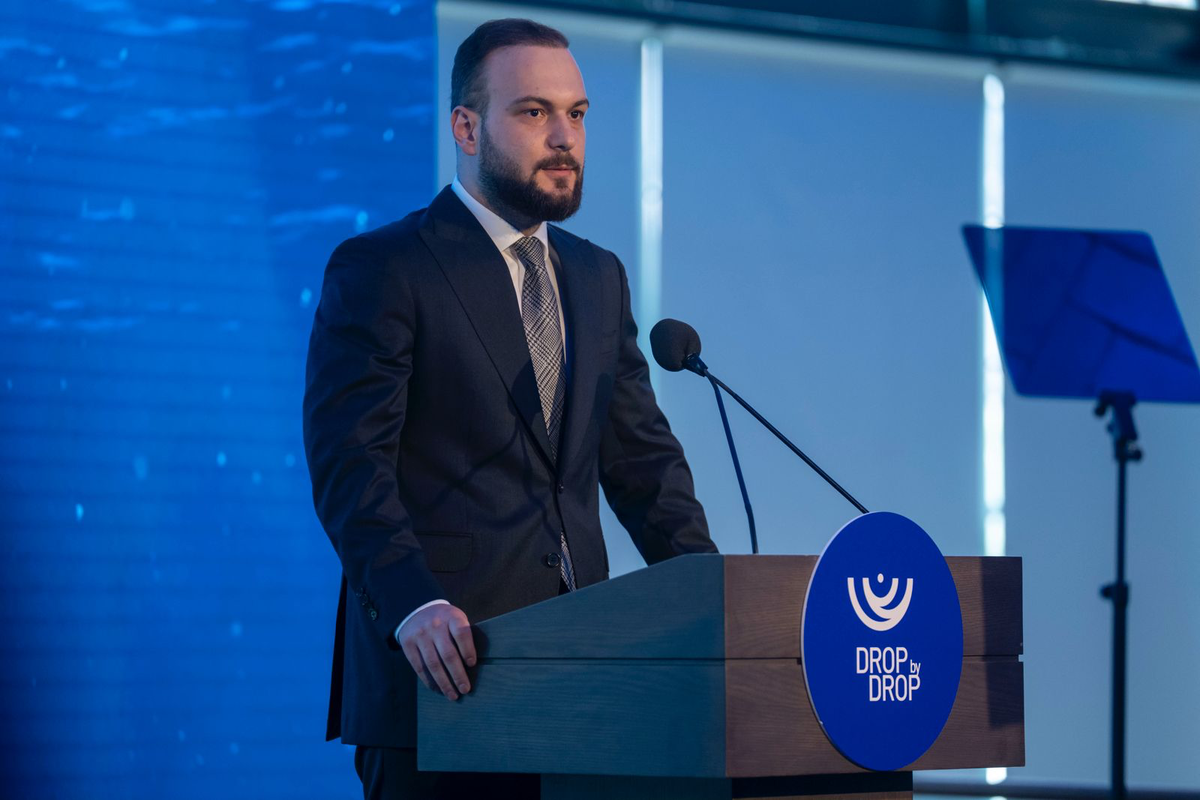Saudi Aviation Strategy set to take global and regional connectivity to new heights
Sponsored by Saudi Delegation to the World Economic Forum
Saudi Arabia has always been a vital transport hub, standing at the intersection of three continents; a hub on the Silk Road between Europe and China, and home to the bustling ports on the Red Sea and the Arabian Gulf.
The robust foundations for a world-leading tourism, business, aviation and logistics hub are in place. And now, the Saudi Aviation Strategy (SAS) is aiming to build on this strategic geolocation to unlock the kingdom’s transformative potential as it seeks to become one of the world’s top economies by the end of the decade.
Aviation has played, and will continue to play, a vital role in Saudi Arabia’s links to the wider world, as has its ability to deepen and diversify networks of travel, trade and investment both regionally and globally to accelerate growth and strengthen economic resilience.
In its early days, air connectivity was essential for state building over a vast untapped territory the same size as Western Europe. But Saudi’s new, ambitious Aviation Strategy envisages a massive expansion, fueled by public and private sector investment of $100 billion, to manage 330 million passengers flying between Saudi Arabia and more than 250 destinations, and the transport of 4.5 million tons of cargo – all by 2030.
The strategy is both a product and an enabler of Saudi Vision 2030, the blueprint for the modernisation and diversification of the economy away from oil-reliant revenues and towards a sustainable knowledge- and service-based economy.
The development of Saudi’s aviation sector is clearly entwined with the Vision’s goal of increasing international tourism to 150 million visitors by 2030. Handling such large numbers requires advanced aviation networks and infrastructure, in tandem with Saudi and international operators providing comprehensive and competitive services.
One vehicle of the SAS is the launch of Riyadh Air earlier this year, a second carrier to complement Jeddah-based Saudia Airlines, formerly Saudi Arabian Airlines. Both Riyadh Air and Saudia Airlines signalled their intent to help carry 330 million passengers with their announcement in early 2023 that they would each purchase 39 state-of-the-art airliners, with Saudia keeping an option for ten more and Riyadh Air an option for 33. The new CEO of Riyadh Air, Tony Douglas, said the new Riyadh-based airline will become both a global connector and a vehicle to drive tourist and business travel to Saudi Arabia.
On top of Saudi’s airlines, the privatisation and modernisation of the nation’s aviation infrastructure is crucial to the implementation of the SAS. This includes taking the General Authority for Civil Aviation (GACA) Saudi Arabia from airport operator and regulator to becoming a regulatory body only. This saw the ownership of 25 airports shift to Matarat Holding Company. Meanwhile, further privatisation of Saudi Arabia’s aviation sector is expected to raise airport standards and act as a catalyst for international investment.
GACA is leading the SAS and strengthening Saudi Arabia’s regulatory regime to protect consumers and to enhance the safety capabilities of airlines and airports operating in the kingdom. Earlier this year, GACA signed an agreement with its UK counterpart’s international division to partner on enhancing GACA’s safety and regulatory framework. Furthermore, GACA has launched an Aviation Standards Optimisation program to apply world-leading aviation safety standards and enhance the passenger experience.
In addition, GACA has also moved to increase the rights of passengers traveling in Saudi Arabia with world-leading protections when confronted with delays, cancellations and damaged baggage. It has also introduced new economic regulations to level the playing field for owners and operators and new investors in the aviation sector in the kingdom. Ther regulator’s moves will help drive the $100 billion of investment needed under the SAS.
As GACA focuses on its regulatory and safety role, Saudi’s airports are also undergoing major expansion and modernisation. The under-construction King Salman International Airport in Riyadh will feature four terminals and six runways, which will complement and ultimately succeed King Khalid International Airport as the capital’s gateway to the country, the region and the world. The new airport is projected to have a capacity of 120 million passengers by 2030 and 185 million by 2050.
South-west of the capital, on the Red Sea coast, Saudia Airline’s hub, King Abdulaziz International Airport in Jeddah, is expected to expand to a capacity of 45 million passengers per year by 2030, while King Fahd International in Dammam, on the East Coast, is expected to increase its terminal capacity from 12.5 million to 30 million by 2025.
Saudi Arabia has also built new airports to serve some of Saudi Vision 2030’s foundational giga-projects. Red Sea International will cater for visitors to the new Red Sea tourist resorts being developed in the west of Saudi Arabia, while Neom Airport will support the new linear city The Line, the floating port city Oxagon, the northwest Red Sea resort Sindalah and the mountain resort of Trojena.
Saudi’s enhanced capacities and airport network are also forecast to drive an increase in air freight. Currently, only 7 per cent of Middle East air cargo (0.8 million tons) flies through Saudi Arabia. The SAS targets increasing that figure to 25 percent (4.5 million tons), supported by the construction of warehouse capacity for up to six million tons and the establishment of special economic zones to incentivise foreign direct investment.
The SAS supports eight key strategic objectives of Saudi Vision 2030, including the Quality of Life Program and the National and Industrial Programs. Furthermore, it is the vehicle that connects the Saudi people with the world, and the world with Saudi, as it continues to pilot the transformative progress of its economy and society.
For more information on Saudi Arabia’s aviation expansion plans, visit: gaca.gov.sa/
By Saudi Delegation to the World Economic Forum

Business Reporter Team
Most Viewed
Winston House, 3rd Floor, Units 306-309, 2-4 Dollis Park, London, N3 1HF
23-29 Hendon Lane, London, N3 1RT
020 8349 4363
© 2025, Lyonsdown Limited. Business Reporter® is a registered trademark of Lyonsdown Ltd. VAT registration number: 830519543





